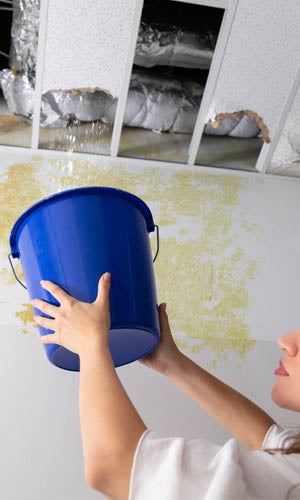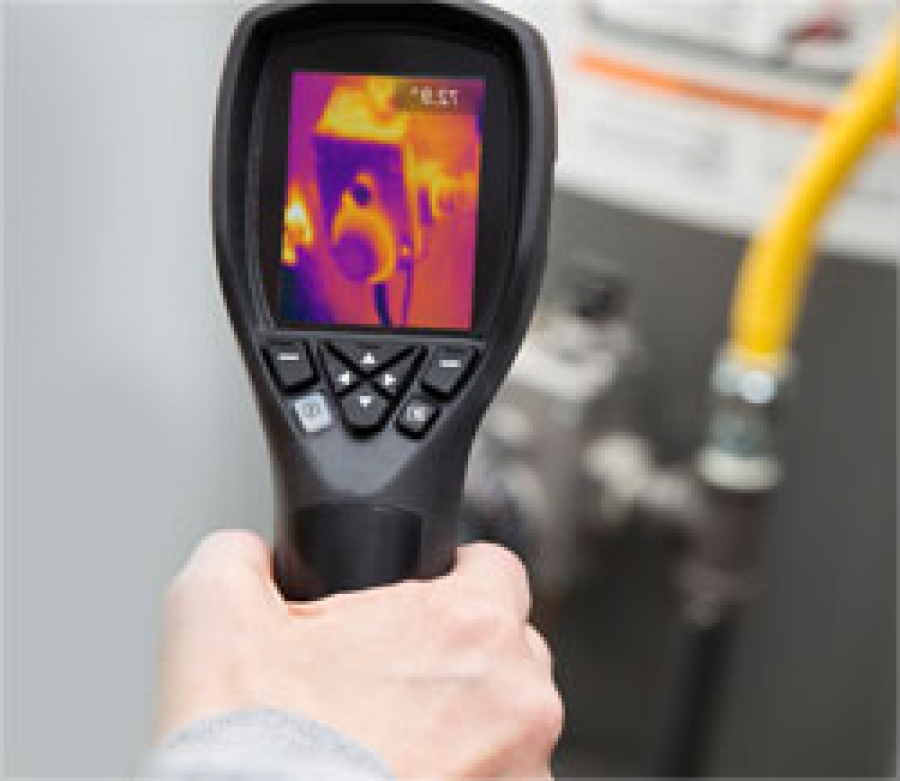On this page in the next paragraph you can get lots of reliable data around Finding hidden leaks.

Early detection of dripping water lines can mitigate a possible catastrophe. In addition to conserving you money, it will decrease the aggravation as well as frustration. The moment you discover a leakage, calling your plumber for repair work is the very best solution. However, some small water leakages might not be visible. Right here are some hacks that help if you can not find it with your naked eyes.
1. Analyze the Water Meter
Every home has a water meter. Examining it is a guaranteed manner in which aids you uncover leakages. For starters, turn off all the water sources. Guarantee nobody will certainly purge, make use of the tap, shower, run the cleaning device or dishwasher. From there, go to the meter as well as watch if it will alter. Because nobody is using it, there ought to be no motions. That indicates a fast-moving leakage if it relocates. If you spot no changes, wait an hour or two and also inspect back once again. This implies you may have a slow leakage that might even be underground.
2. Examine Water Usage
Examine your water bills and also track your water usage. As the one paying it, you should see if there are any type of inconsistencies. If you identify sudden changes, despite your usage being the same, it indicates that you have leakages in your plumbing system. Remember, your water bill ought to drop under the same array on a monthly basis. An abrupt spike in your costs shows a fast-moving leakage.
A stable rise every month, also with the exact same practices, reveals you have a sluggish leak that's additionally slowly rising. Call a plumber to thoroughly check your home, particularly if you feel a cozy location on your floor with piping underneath.
3. Do a Food Coloring Examination
When it comes to water consumption, 30% comes from toilets. If the color somehow infiltrates your dish throughout that time without flushing, there's a leakage in between the storage tank and also dish.
4. Asses Exterior Lines
Do not neglect to examine your exterior water lines also. Needs to water permeate out of the link, you have a loose rubber gasket. One tiny leak can lose bunches of water and also surge your water expense.
5. Examine and Assess the Scenario
Home owners must make it a practice to inspect under the sink counters and also inside cupboards for any bad odor or mold and mildew growth. These 2 red flags indicate a leakage so timely attention is called for. Doing routine inspections, also bi-annually, can save you from a significant issue.
Check for discolorations and also weakening as many devices and pipes have a life span. If you presume dripping water lines in your plumbing system, don't wait for it to escalate.
Early detection of leaking water lines can reduce a prospective calamity. Some little water leaks might not be noticeable. Examining it is a proven way that helps you uncover leakages. One little leak can squander tons of water as well as increase your water expense.
If you think leaking water lines in your plumbing system, do not wait for it to rise.
How to Know If Your Home Has a Hidden Leak
Water Meter Reveals Inexplicable Water Usage
If you’d like to test whether or not there’s a leak somewhere in your home, you can do this using your water meter. Here is how to conduct the test:
Don’t use any water in your home for at least 30 minutes; this also means not turning on faucets or water-using appliances.
Go outside, and check your water meter for activity.
If your water meter shows that there was activity, even though no one was using any water, this proves that there is a leak in your home.
Visible Mold or Mildew Growth
Leaks behind walls create moist, dark environments that allow mold and mildew to grow and thrive. Eventually, you might see mold growth forming on the wall closest to a hidden leak.
If mold is growing in an area that receives a high amount of moisture, such as a bathroom, it may simply be an indication that better ventilation is needed. However, if you see mold growth on a wall or the ceiling in an area where you would not expect, you probably have a hidden leak.
Musty, Mildew Odor
Sometimes you might not be able to see the mold or mildew that is growing as a result of a leak. However, the smell can give the problem away just as easily. If you catch a whiff of something musty, there’s a good chance that old water is collecting somewhere in your home that you can’t see.
Stained/Warped Walls, Ceilings, or Floors
When your home soaks up water, a variety of red flags can become visible, including ceiling stains, bubbling drywall, warped walls, and sagging floors. While these issues can be caused by excess humidity, they can also be signs that a pipe or plumbing connection has started leaking behind your walls.
Inexplicably High Water Bill
After a while, you get a general sense for what your water bill should be. If you own a pool or sprinkler system, your bill will tend to be higher during summer. However, if you receive a water bill that seems especially high, and you can’t figure out what caused it, then you may have a hidden leak somewhere that’s increasing your bill.
https://www.plumbingjoint.com/blog/2019/july/how-to-know-if-your-home-has-a-hidden-leak/

I am very interested in Top leak detection hacks and I am praying you liked the new entry. Liked our post? Please share it. Help somebody else check it out. I am grateful for your time. Kindly stop by our site back soon.
Comments on “Guide To Water Leakage Discovery In Your Home”